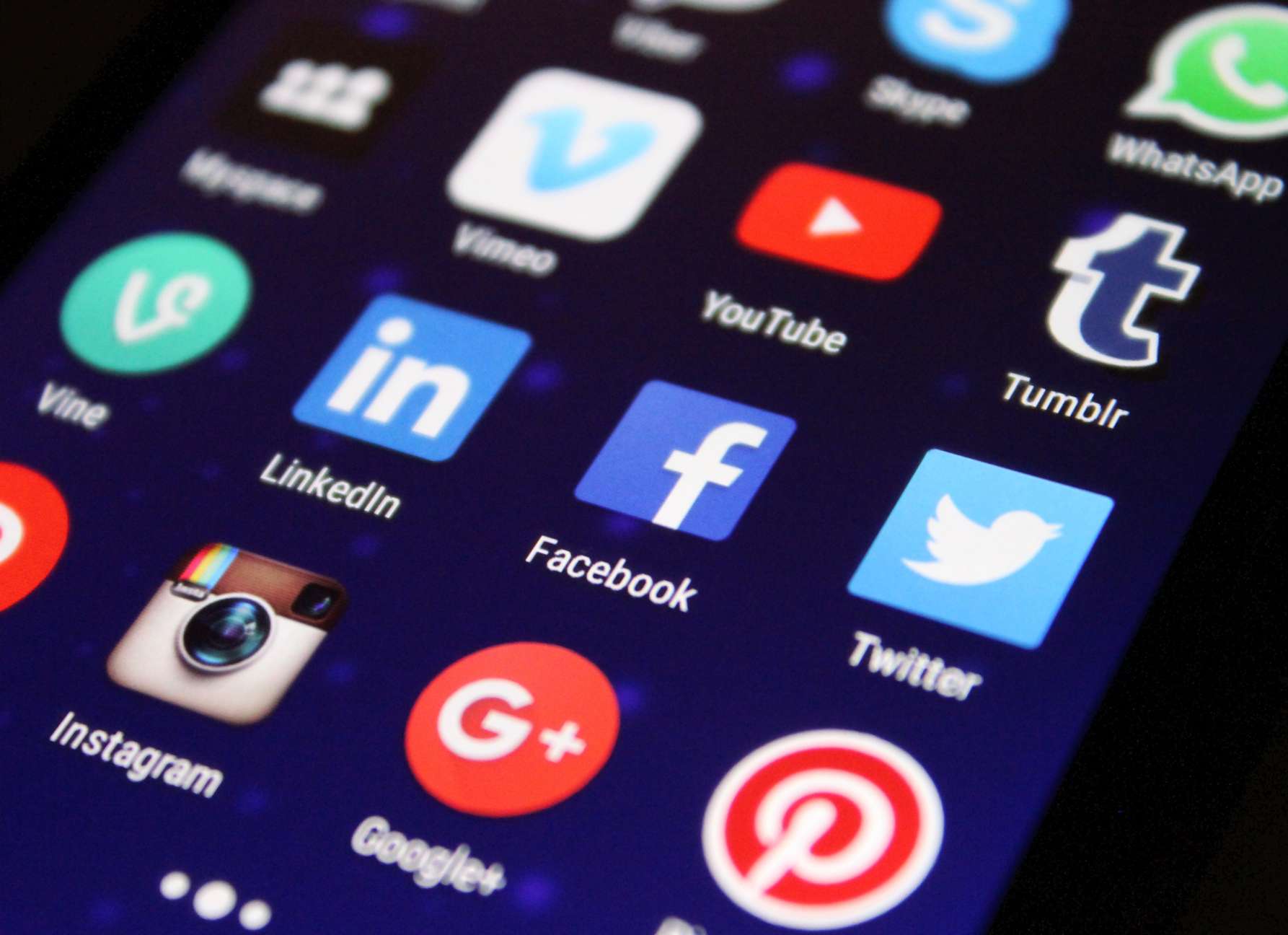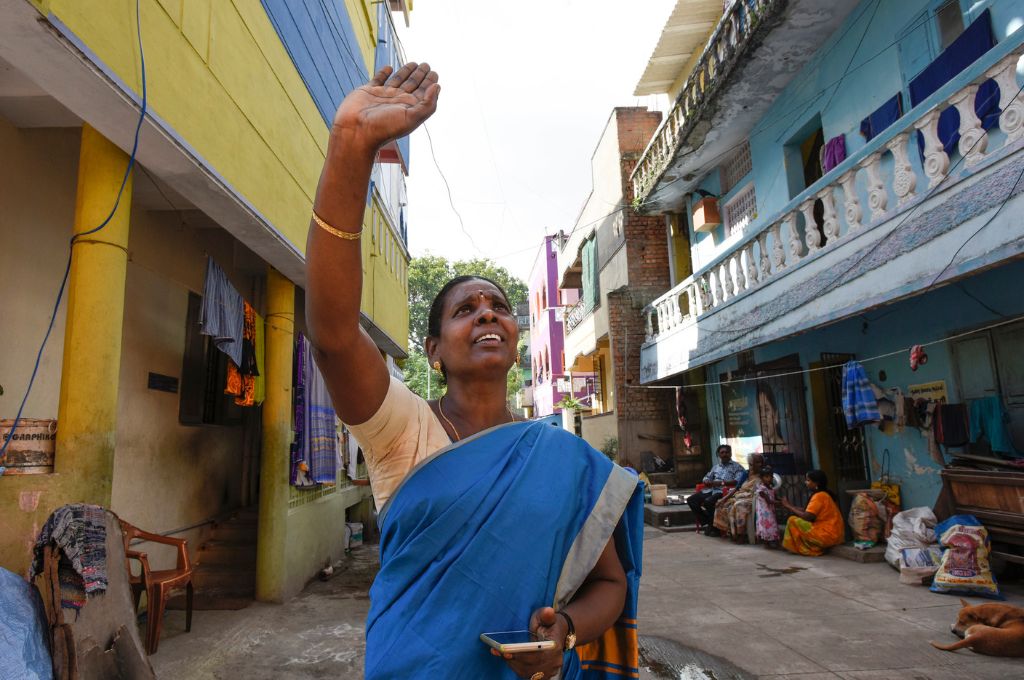Today, social media marketing needs to be an integral part of every organisation’s business strategy. For nonprofits, it can bring you closer to achieving larger goals, such as creating awareness about your cause, showcasing impact, and inspiring action. Additionally, social media is a great platform for increasing engagement with your supporters, donors, and in some cases, even the communities you are working with.
A common misconception is that social media is an external function, or an additional drain on already tight resources. However, this does not need to be the case. Social media is designed in a manner that makes it easy to tailor to individual needs. So, with a strategy that takes into account your availability of resources, social media can actually be used to help your organisation meet its overall goals.
That being said, setting it up can be a tough job, especially when you don’t have someone on your team who is wholly dedicated to nurturing and growing it. Here are a few questions that should help you put together an initial strategy.
Related article: How to use your brand to achieve your goals
Some questions to ask when thinking through your strategy are, ‘Why do I want to be on social media?’ and ‘What am I looking to achieve?’. Like any other programme, you need to have a set of clear goals and objectives for social media. Not only will this allow you to cater what you put out, but without it, you run the risk of not achieving anything concrete.
For example, if your goal is to make your brand more visible, you might ask people to share and interact with your posts. If, on the other hand, you want to drive traffic to your website, you would need content that drives link clicks.
When setting goals, a helpful guide to follow is checking to see if they are ‘SMART’, ie, specific, measurable, attainable, relevant, and time specific. Here are some examples of SMART goals:
- Increase your organisation’s reach: Reach new audiences (donors, communities, volunteers, and others) to create awareness about the work you do.
- Increase platform engagement: Have people interact with your content and organisation in terms of likes, comments, shares, and/or direct messages.
- Drive conversions from the platform: Ask people to take action based on your content. This could be in the form of them visiting your website, donating to your campaign, or signing up to be a volunteer.
Social media platforms cater to different demographics of people, each of which responds to certain types of content. Even though the work you do may be relevant to more than one demographic, it is necessary to know who each post/each platform is engaging with, so that you can cater your content accordingly. This way you know you are talking to one stakeholder effectively, and if others get engaged too, that’s an added bonus.
For example, consider the variety of people we at IDR talk to across our platforms—on Facebook our audience is primarily above 30 years old and living in Tier II cities; on Instagram it’s people between 20-35 years of age who are interested in content that is funny or speaks to their political/ideological views, on Twitter it’s an Indian and global network of social-impact professionals, and on LinkedIn it’s a mix of sector experts and the middle-management rung of professionals.
Social media can be a time-consuming activity, especially if you are present on multiple platforms. Apart from building out a strategy and taking care of daily posting, you need to invest time in monitoring and responding to comments, building a community, and looking at your analytics.
If you have limited time and resources to spend on social media, do not spread yourself thin by building a presence on multiple different platforms.
It is import to note here though that different platforms require different amounts of time investment. For example, while three posts a week on Facebook might be sufficient, a platform like Twitter needs three posts a day or more. On the other hand, a tweet can be significantly less time consuming to make, than a Facebook post.
So, if you have limited time and resources to spend on social media, do not spread yourself thin by building a presence on multiple different platforms. It is better to excel on one or two platforms, rather than having four to five inactive accounts across different platforms.
Here are a few things to consider when thinking about the resources you have:
- Think about how much time you will have each week to dedicate to making, posting, and managing content.
- If this will be part of one team members’ responsibilities, how can you ensure that it is prioritised and regular intervals of time are set aside for it?
- Can you invest in online courses to learn more?
- Do you have a budget to spend on paid marketing?

With a strategy that takes into account your availability of resources, social media can actually be used to help your organisation meet its overall goals. | Picture courtesy: Pixabay
As you are creating content, it is important to understand what resonates with audiences most on social media. A recent study found that people interacted most with content that was entertaining, inspirational, and educational. Once you do this, think about what voice you want your brand to have online, and then decide what kind of tone your content will take.
User generated content is one of the easiest and most effective ways to source content.
Next you can think about the medium your content will be in. Will it be photographs, graphics, articles, or videos? Remember, different platforms were built for different formats. For example, articles do very well on LinkedIn, images on Instagram, news on Twitter, and so on.
Another thing to think about is whether you have enough content to post regularly. If not, think about where you can get that from. One good strategy to follow here is to explore ‘properties’ you can build out, which can be created in advance. For example, at IDR we have a bank of quotes, statistics, and similar posts that are made and stored for future use. To get started, you could think about: Quotes from community members, fun facts about the organisation, photo stories about field visits, and so on.
Remember, you do not have to create all the content you post on social media yourself. User generated content is one of the easiest and most effective ways to source content. This could be in the form of testimonials from donors, photos from community members, or asking experts from the field to send in educational videos on specific topics.
From the day you start, you need to constantly track your social media efforts to make sure you are meeting the goals you had set. Once you have an idea of what works and what doesn’t work with your audience, you can adjust your content strategy to help you attain your goals more efficiently.
Here are some key metrics that people usually track:
- Reach and impressions: This tells you the awareness you are creating.
- Engagement: This consists of likes, comments, and shares that gives you an idea of the number of people that are interacting with your content.
- Clicks: This is the number of people that click on the links you have provided, which tells you how many of the people viewing your content are interested in knowing more about it.
Related article: Building your website 101
Here are some social media best practices to keep in mind:
- Consistency is key: This could be in terms of the frequency at which you post, the time at which you post, the quality of content that you post, and the tone and visual elements of your content.
- Showcase impact: As an organisation working with communities, it is important to showcase the impact your work has on these communities. This could be in the form of photo stories, videos, testimonials, and so on.
- Include a call to action in your copy: It is important to ask your audience to take some kind of action from your post for your content to have a meaningful effect. For example, you can ask them to go to your website, to write you an email, to share the post, to write a comment, and so on.
Here are some helpful tools you can explore:
- Canva: A design app that allows you to make all the images and graphics that you use on social media. It can also be used to edit short videos.
- Hootsuite: You can link all your different social media accounts to Hootsuite and it allows you to schedule your posts. It also collects basic data from each of the platforms to help with analytics.
- Tweetdeck: This allows you to schedule and manage you tweets.
- Sprout Social: Another scheduling platform that allows you to link all your accounts. It also has a great blog that you can refer to for information on running social media handles.
- Hubspot: This is a consolidation of six tools to that are helpful when planning your content.
—
Know more
- Dip into these must-read social media marketing articles.
- Learn more about some high-impact tips and free tools that can help nonprofits with their social media.
- Read this article to understand how nonprofits can use social media to make an impact with a limited budget.




